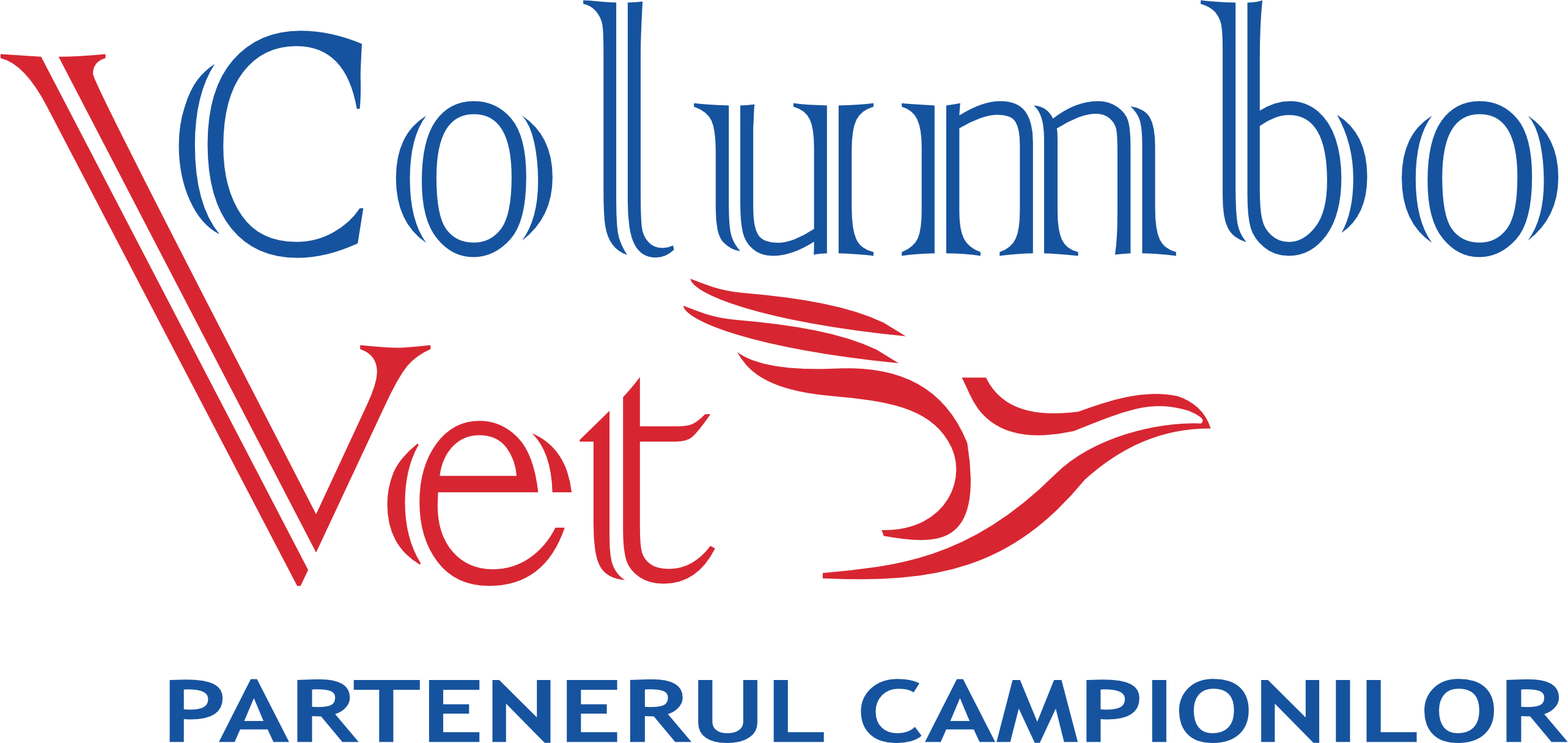In order to keep your racing pigeons healthy, it is necessary for them to take a weekly bath. But there’s only a few that know how to use the bathing of pigeons to increase fitness.
During a hot summer it is advisable to give them a bath twice a week. If a pigeon does not like to take a bath it will not take one. But if a pigeon feels well after a bath you will notice it will even take a bath twice a day. Keep in mind that a bath strengthens the organs of the pigeon and that it takes away any dirt from their feet and feathers.
Bathing has an effect on the feathering; it breaks up the old oil that protects the birds from the weather. There is no doubt that this comes about by changing skin temperature, which seems to cause a humidifieing effect between the feathers. Have you noticed that once your pigeons have taken a bath they will preen themselves, carefully extracting oil from the oil gland at the base of the tail and applying it to other feathers. At this time you would find it harder to wet a pigeon after it had taken a bath than a week previously because, of course, the oil on the feathers is very fresh.
This is why if you have some times noticed when you send the birds to the channel and they incounter a lot of rain you don’t see them again. Because they cannot fly when they are soaked with rain they keep going lower and lower from the weight and eventually drown. It’s sad, but it’s true. Just by bathing the bird you can ensure that the birds performace will improve, as they will be basically water proof, as well as more boyant in flight. But it’s when to administer the bath and wherever it’s a hot or a cold bath, each bath is for different types of races.
Now it’s a fact that bathing a pigeon will keep the moult constant. Once a bird has a bath, within 24 hours one will experience a down moult among fit pigeons.
Another use for a bath is the forced bath of widowers on there return from racing. There are many top widowers that use this method, because if one gives the widowers a forced bath on their return from a race it has the effect of calming the birds down and is so effective that many top flyers believe they owe much of their success to this operation. The way forced bathing is done is fill a bucket with warm water. After the widower has designated time with the widdower hen and she has been removed from the loft hold the widower in the normal way placing his body in the bucket of warm water with his head comfortable out of the water for one minute then carefully place him back into his box. When you are sprinting widowers from week to week this calming effect seems to ensure grater fitness for the next race. These widowers are resting far easier than unbathed ones which seems to take at least two more days to settle down again.
The third use of a bath is pre-bathing widowers before the race. This method is especially good for long distance racing and is something considered to be very effective. At least two weeks between races is recommended. Then around two to three hours before basketing, normally around lunch time, when the weather is at its warmist, give the birds a cold bath. You must be sure its tap water about 20°C, don’t give a warm bath as this will quiten the birds to much.
